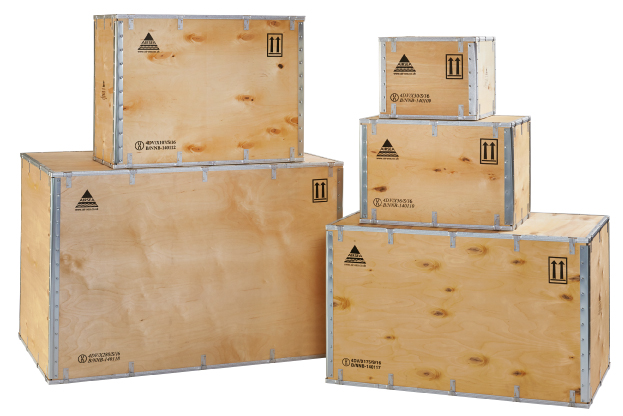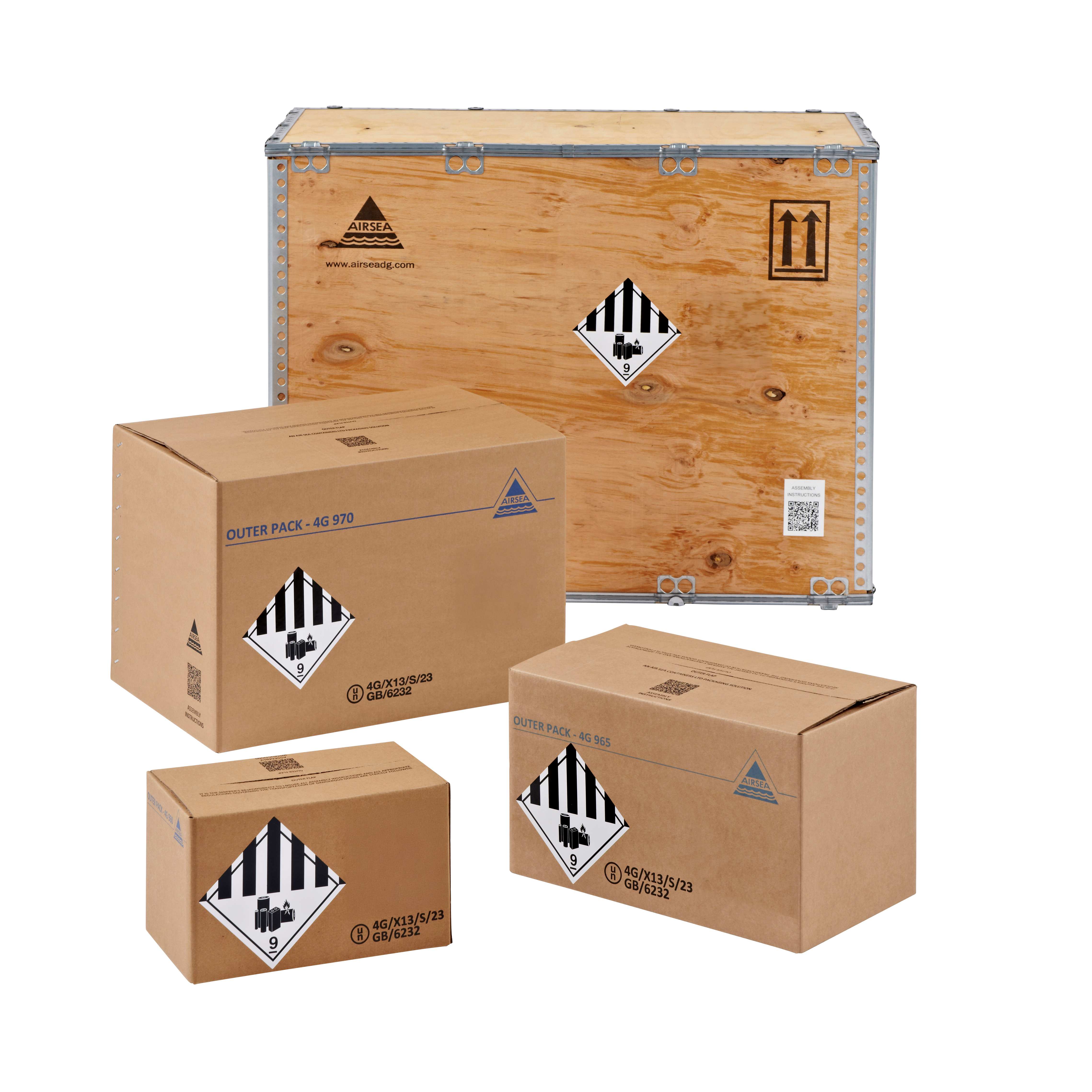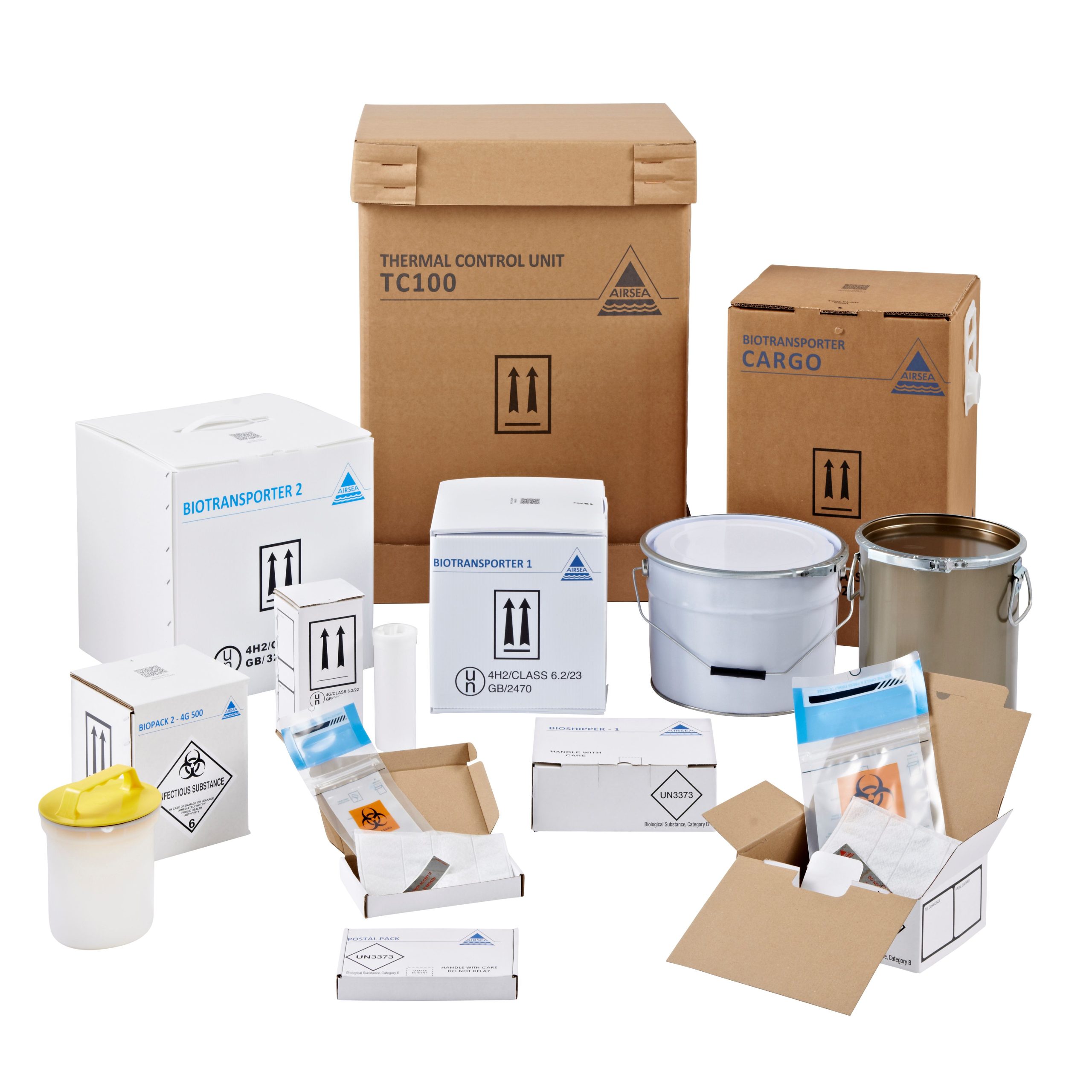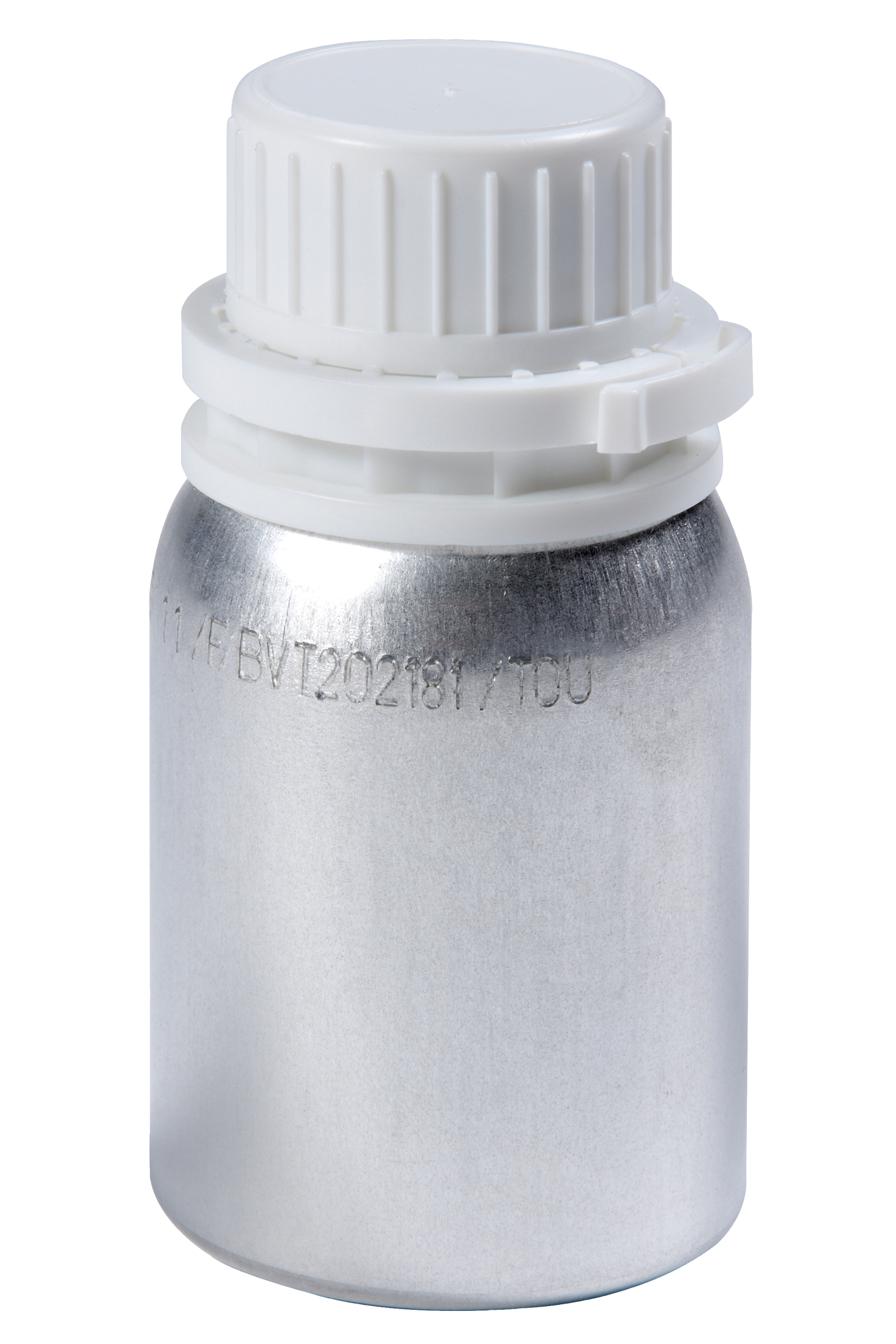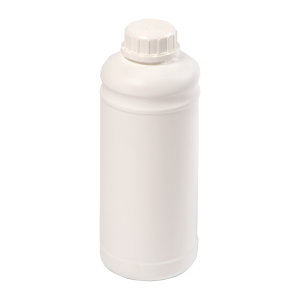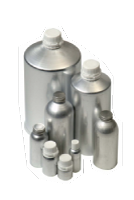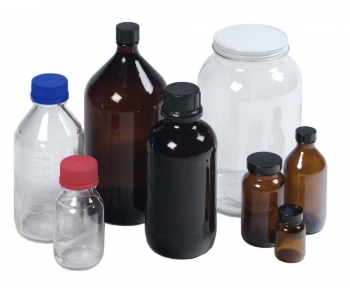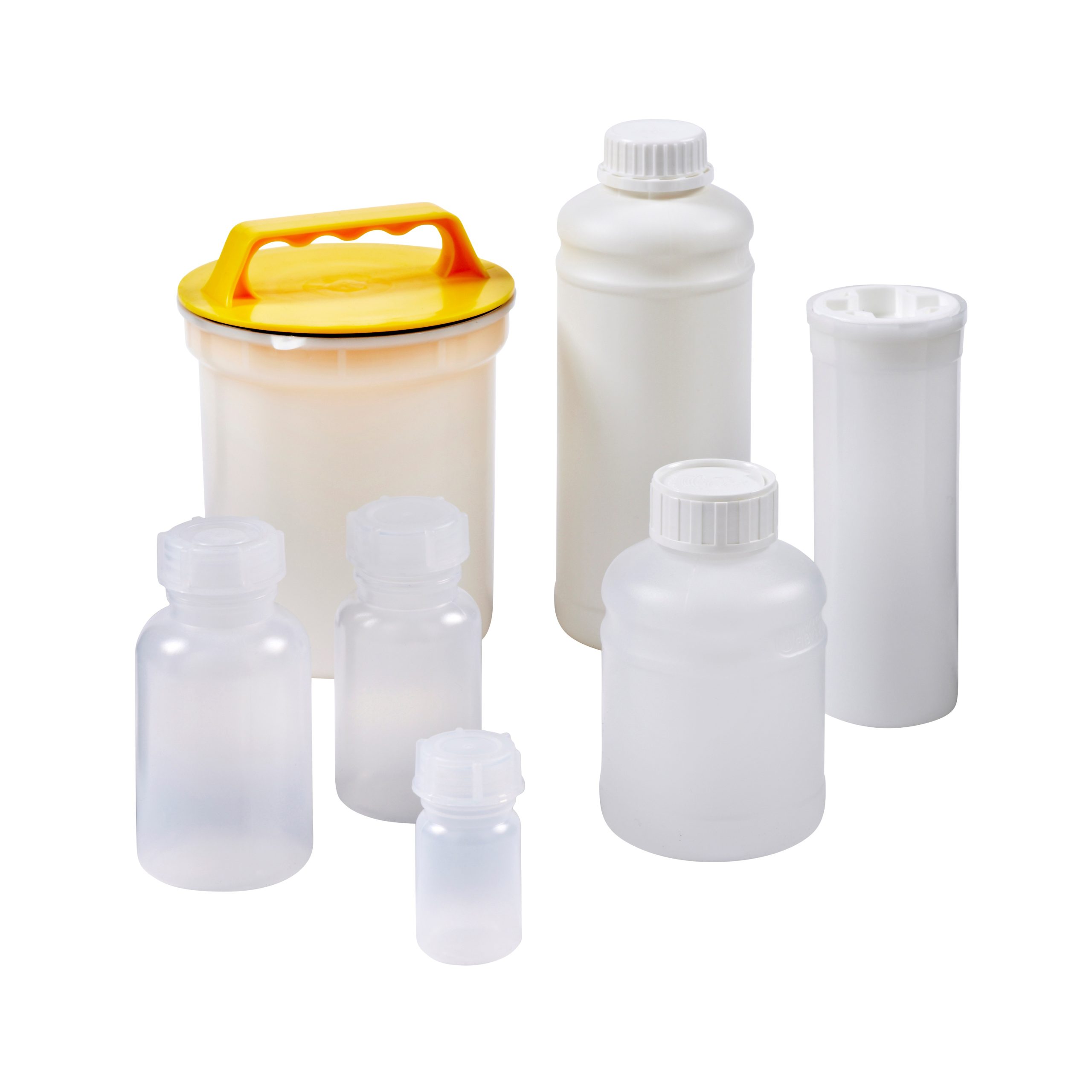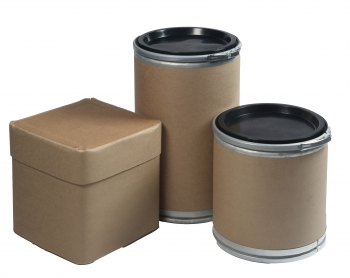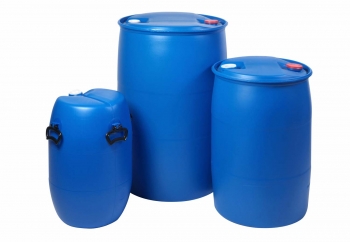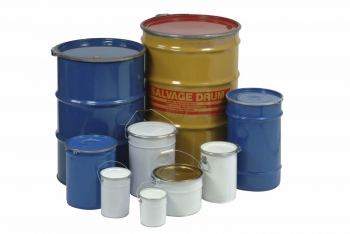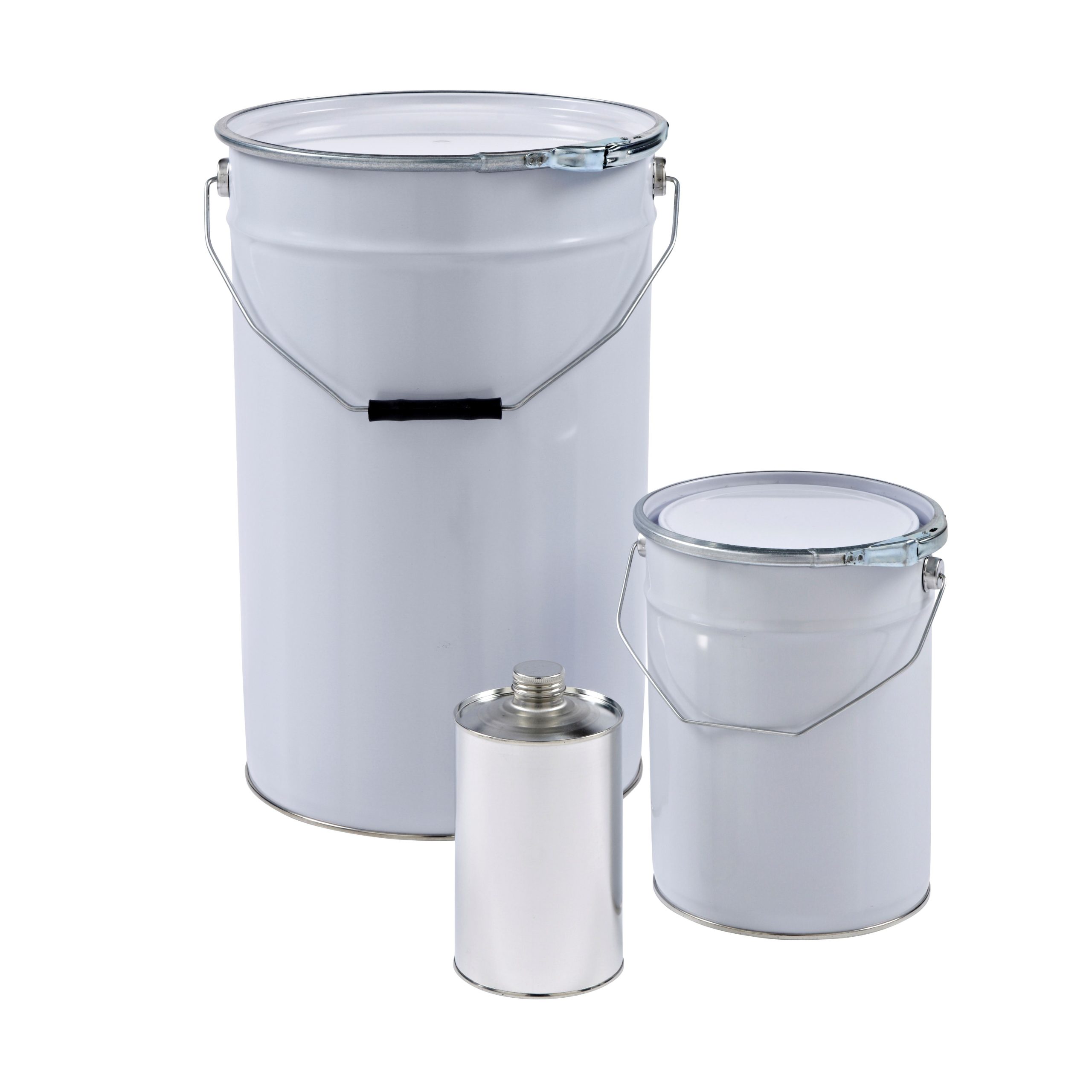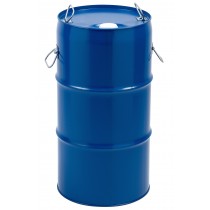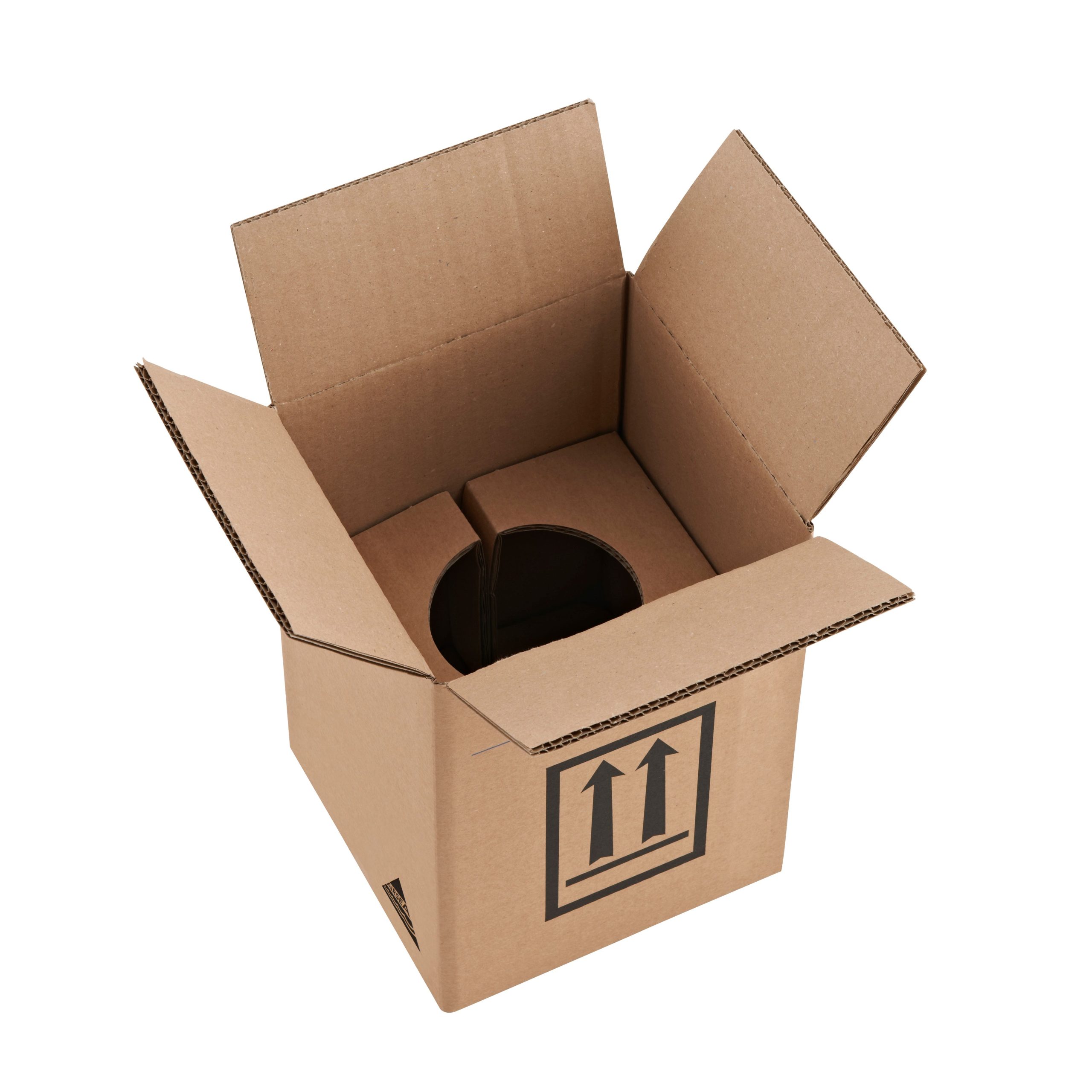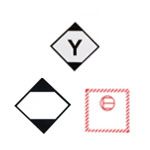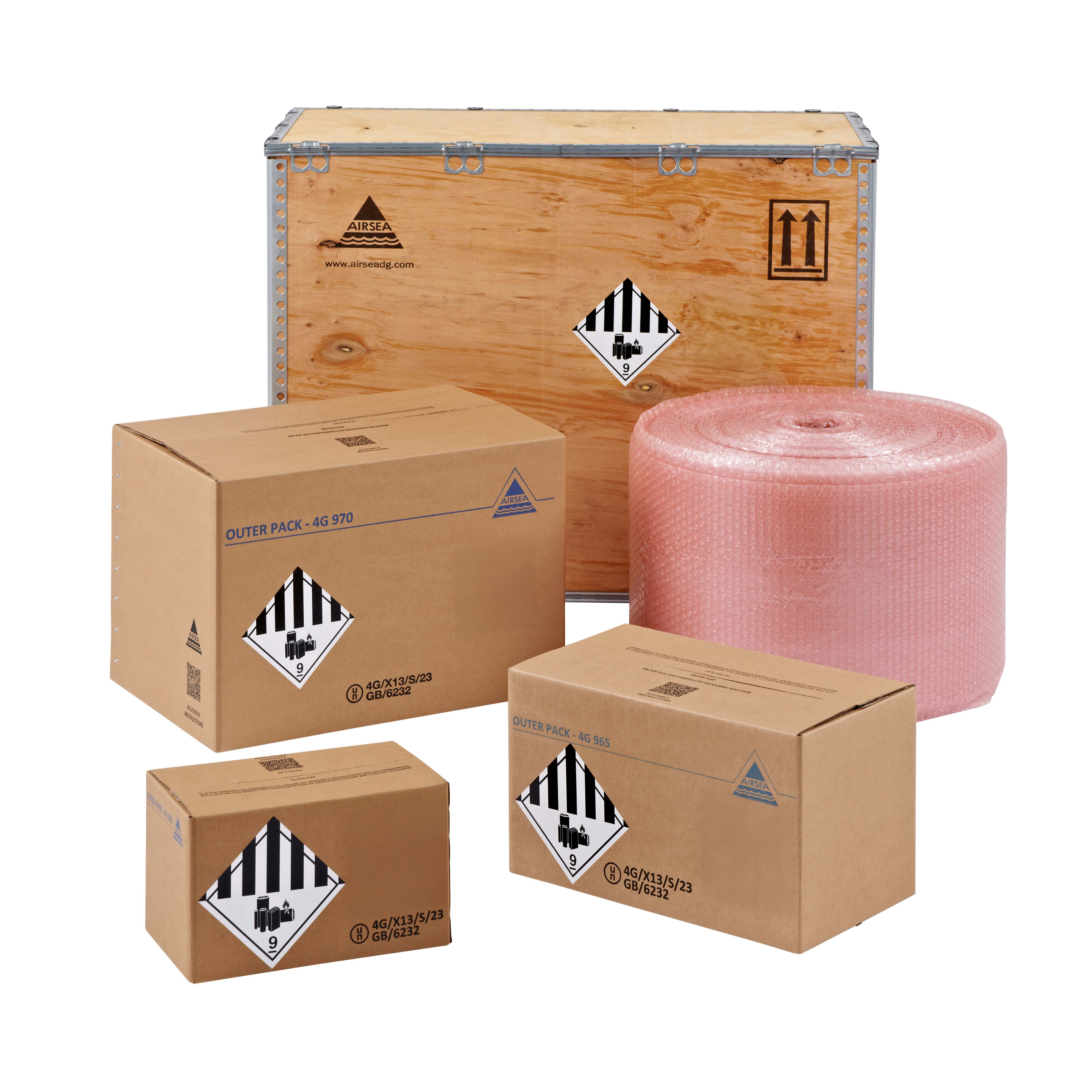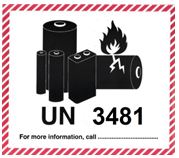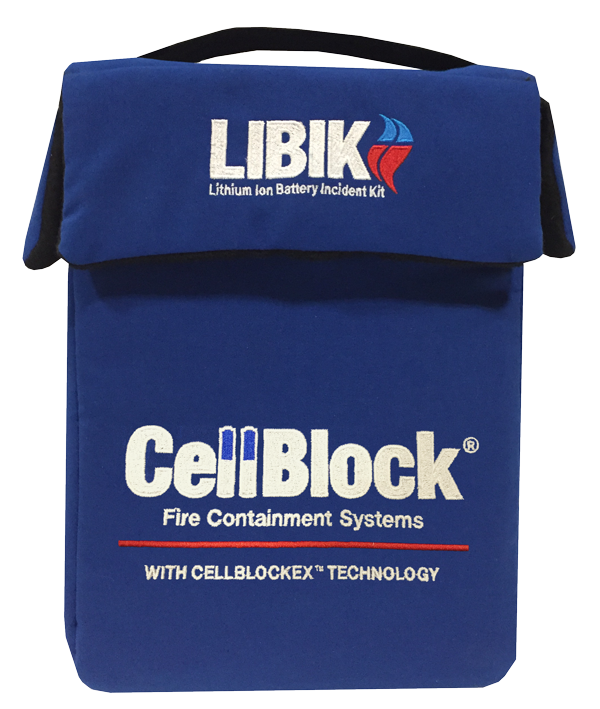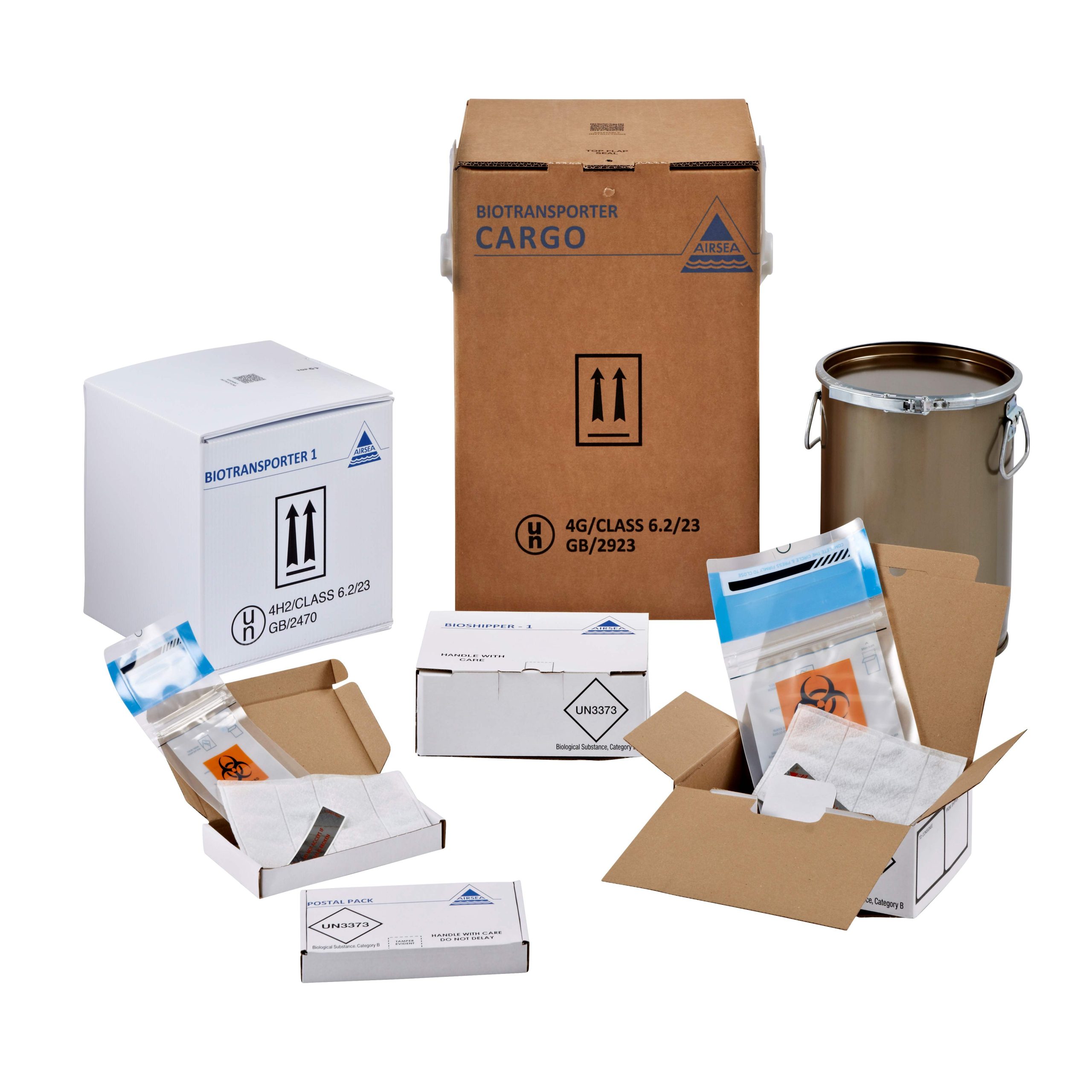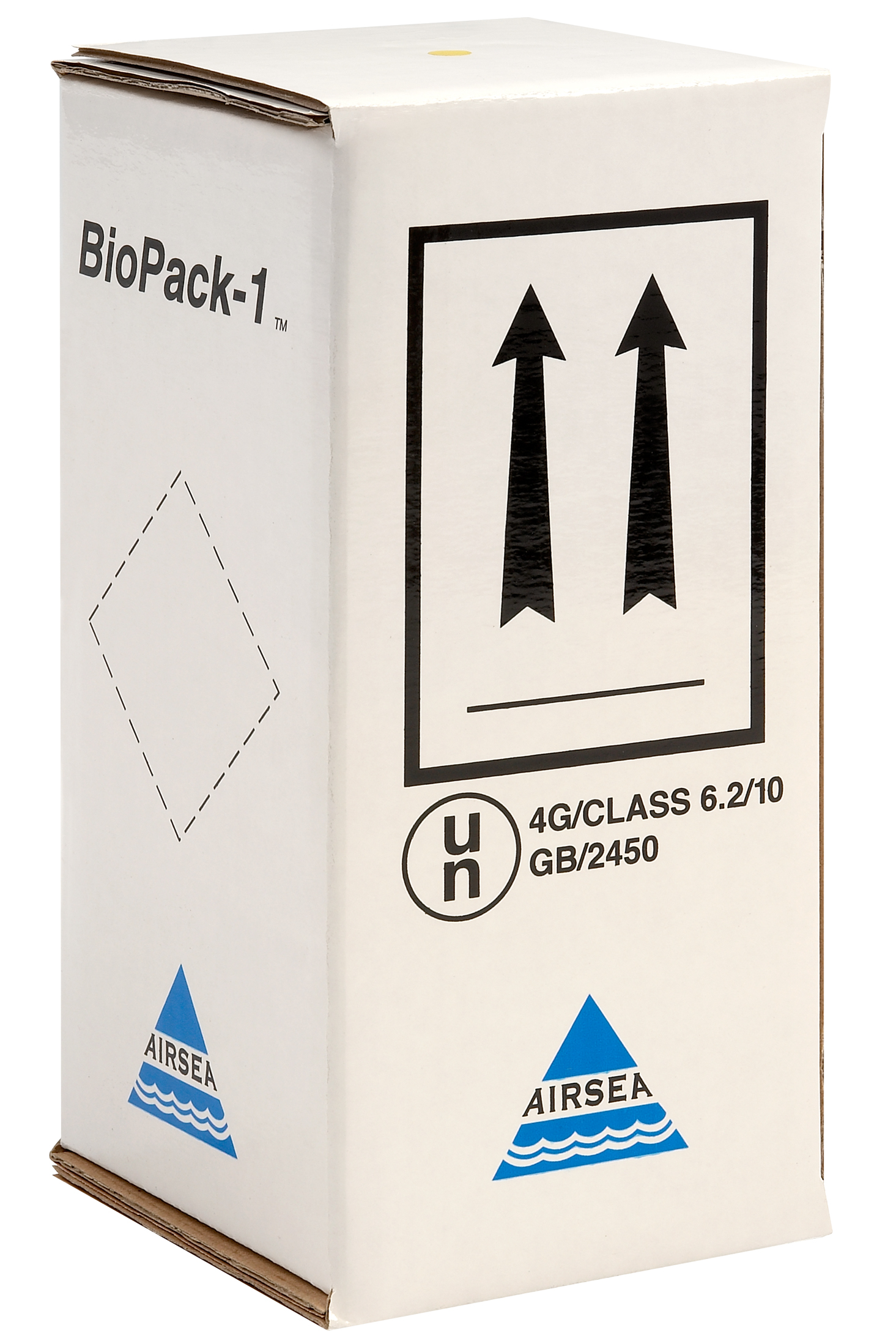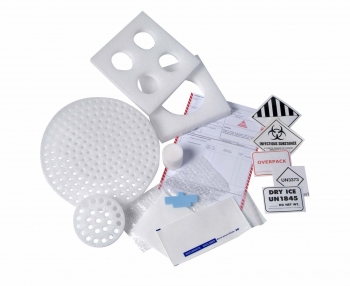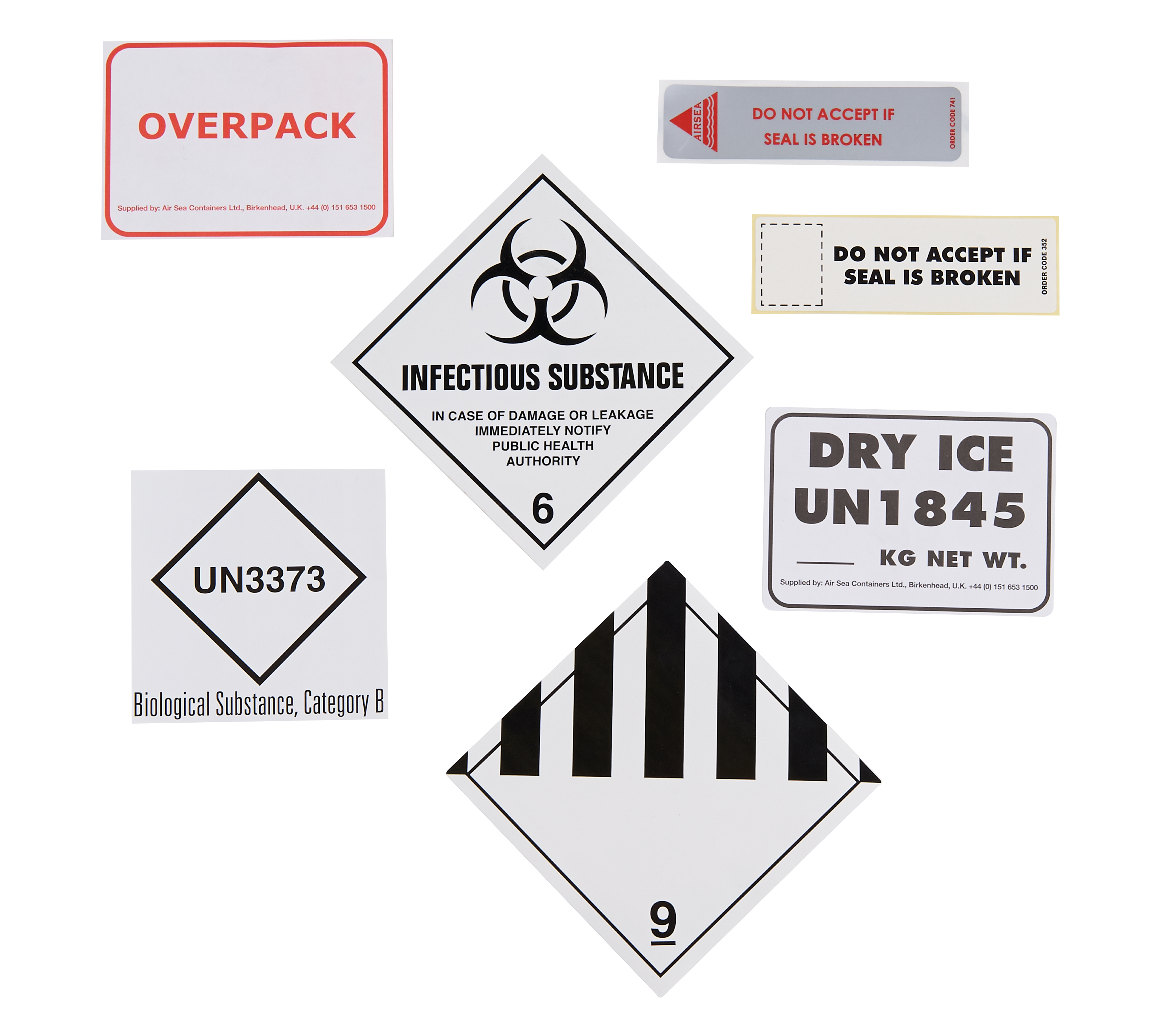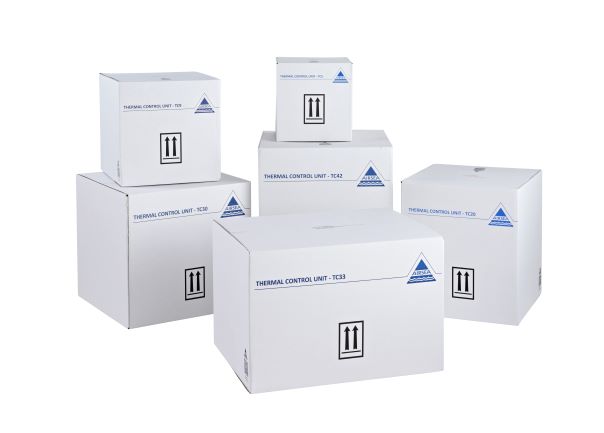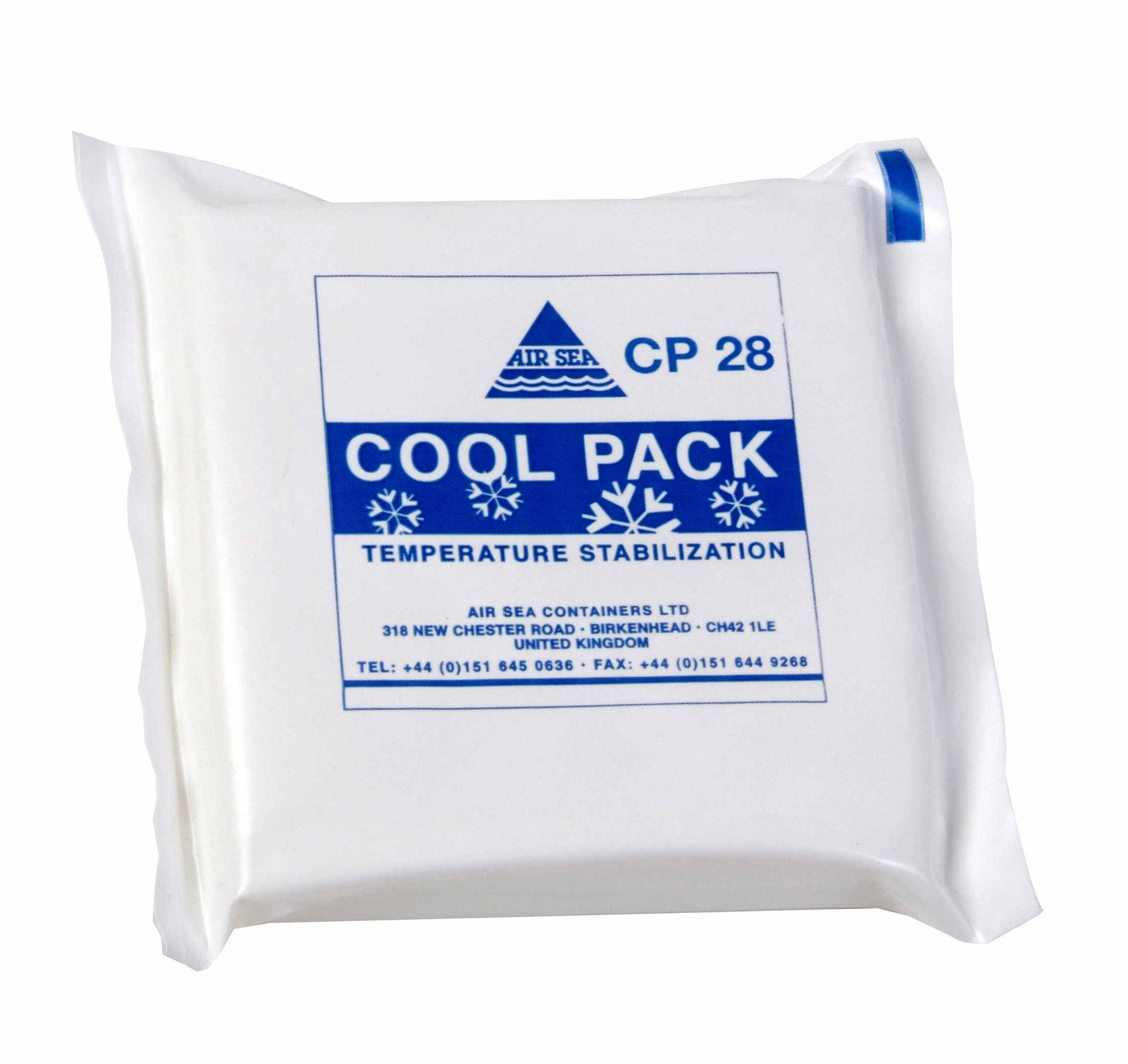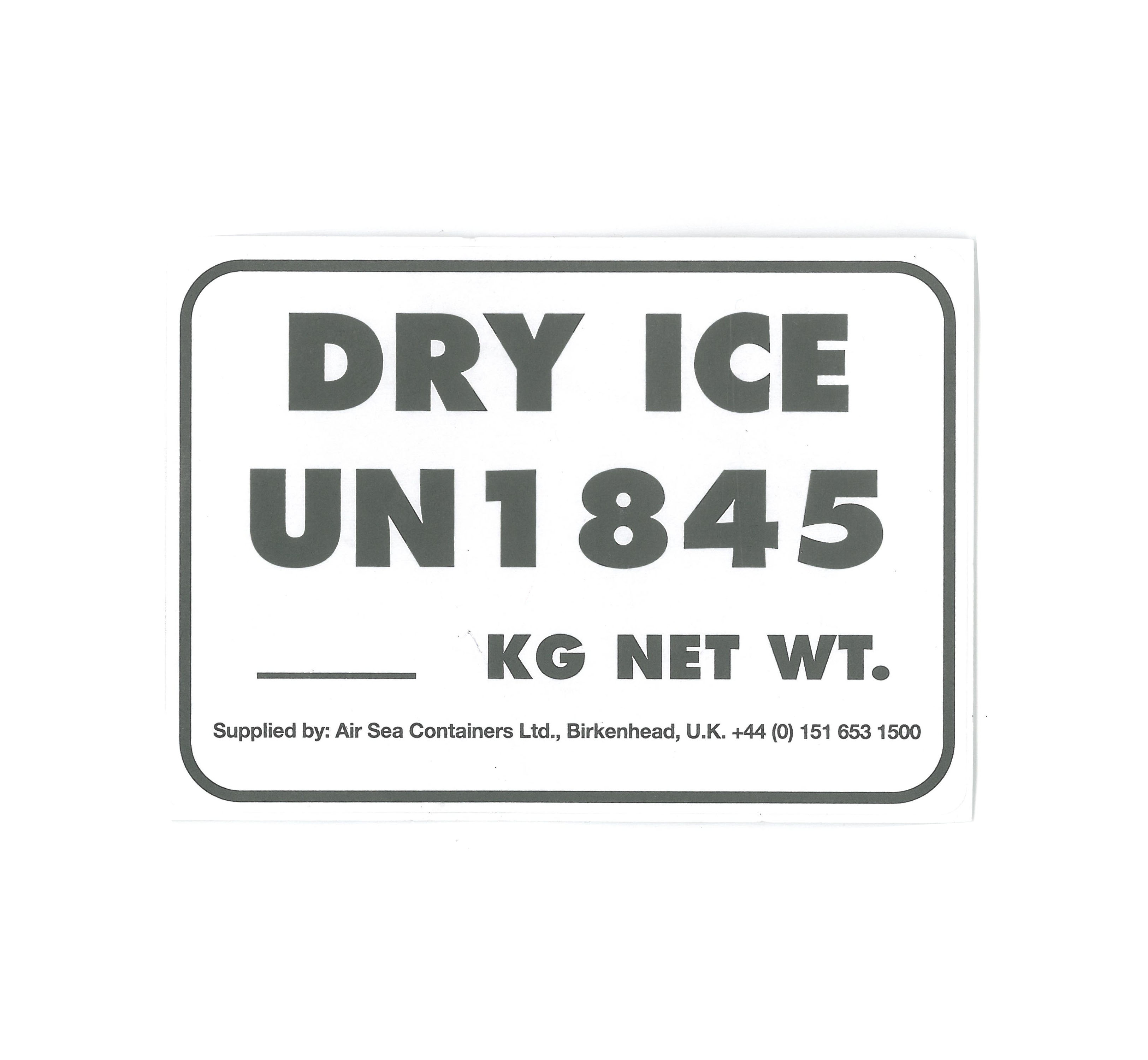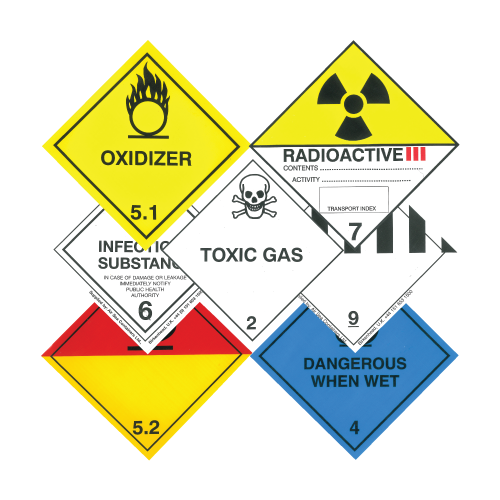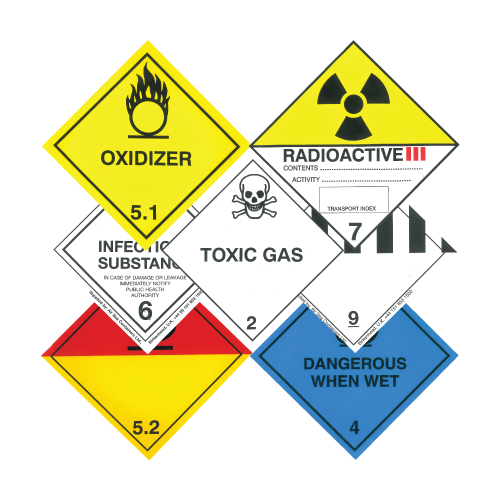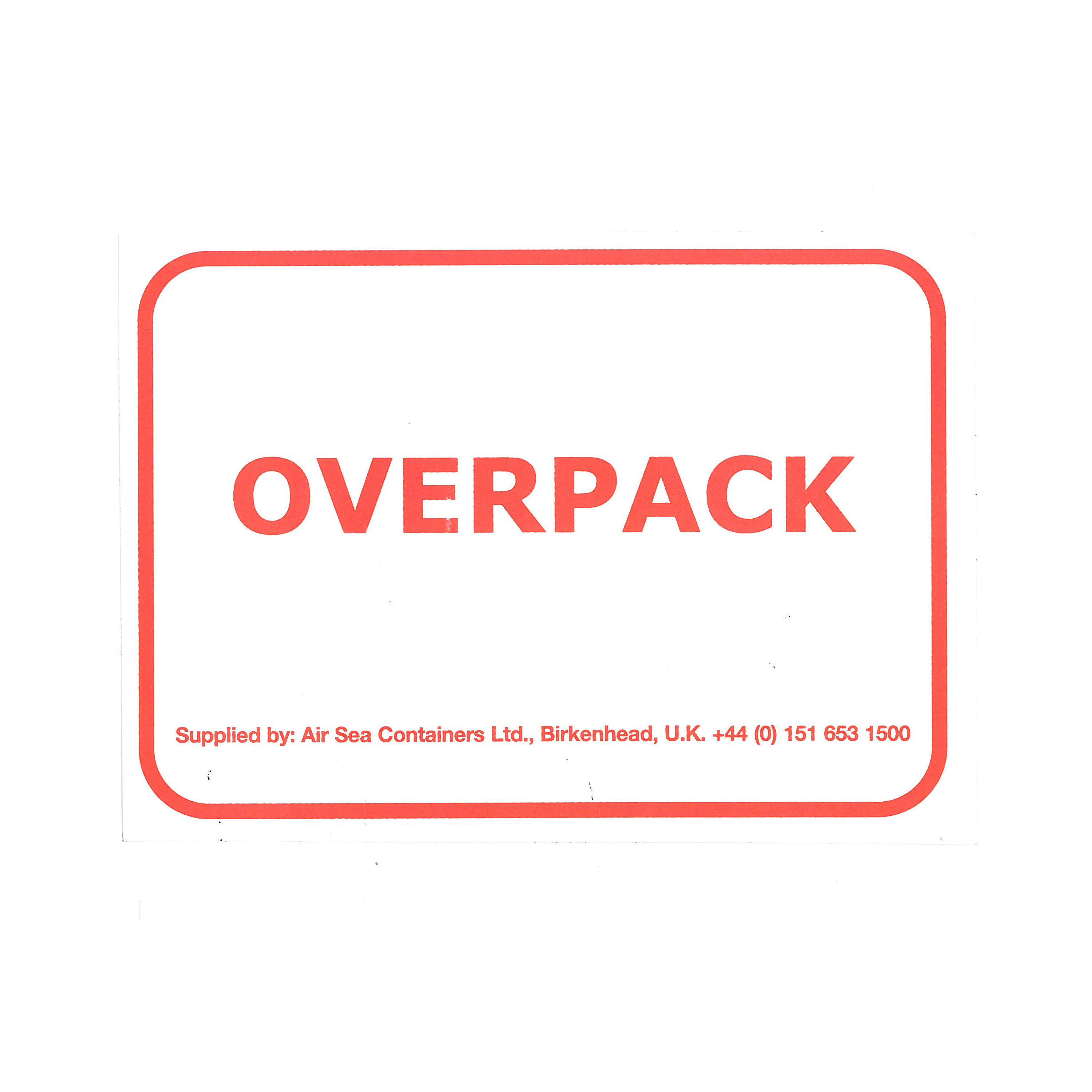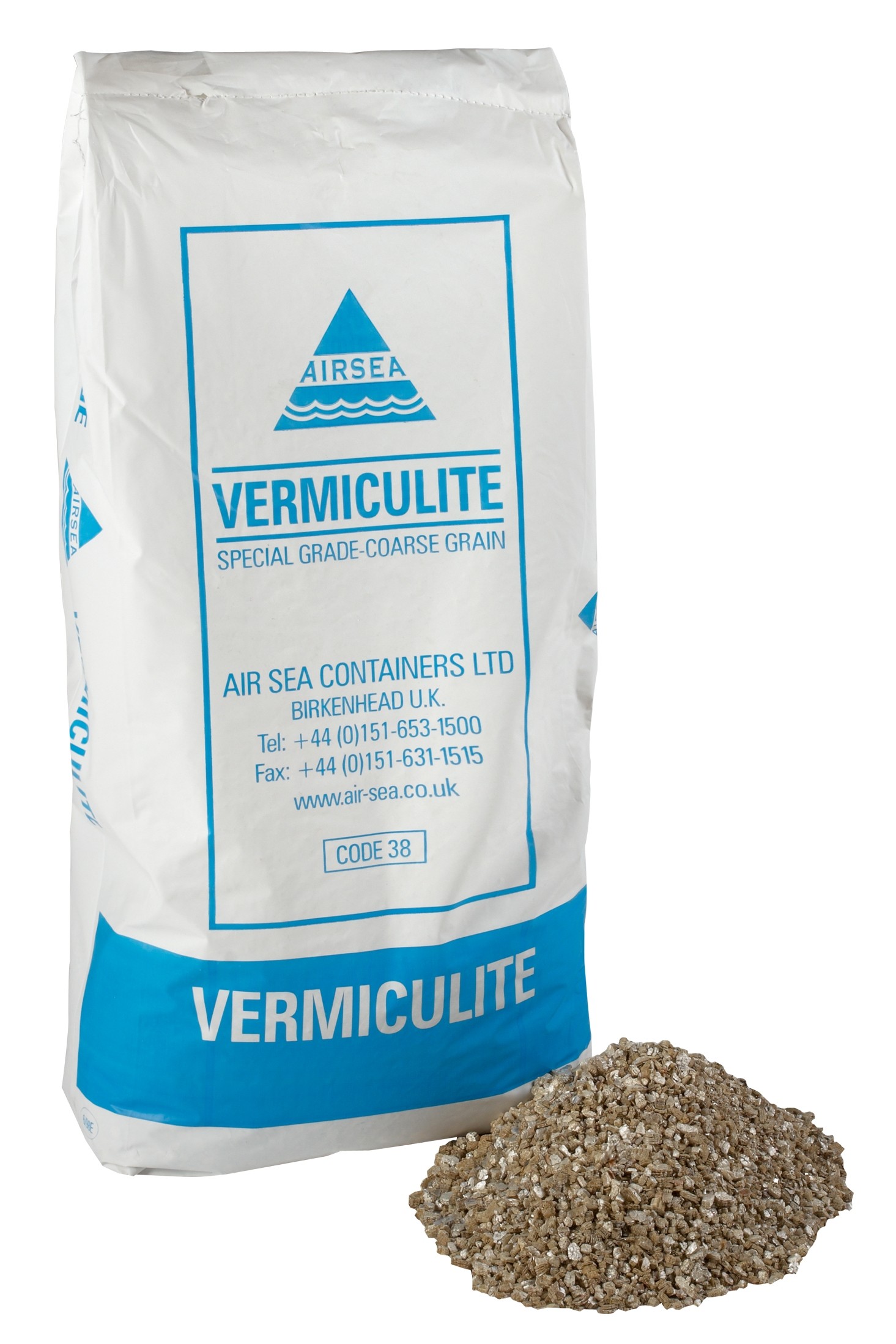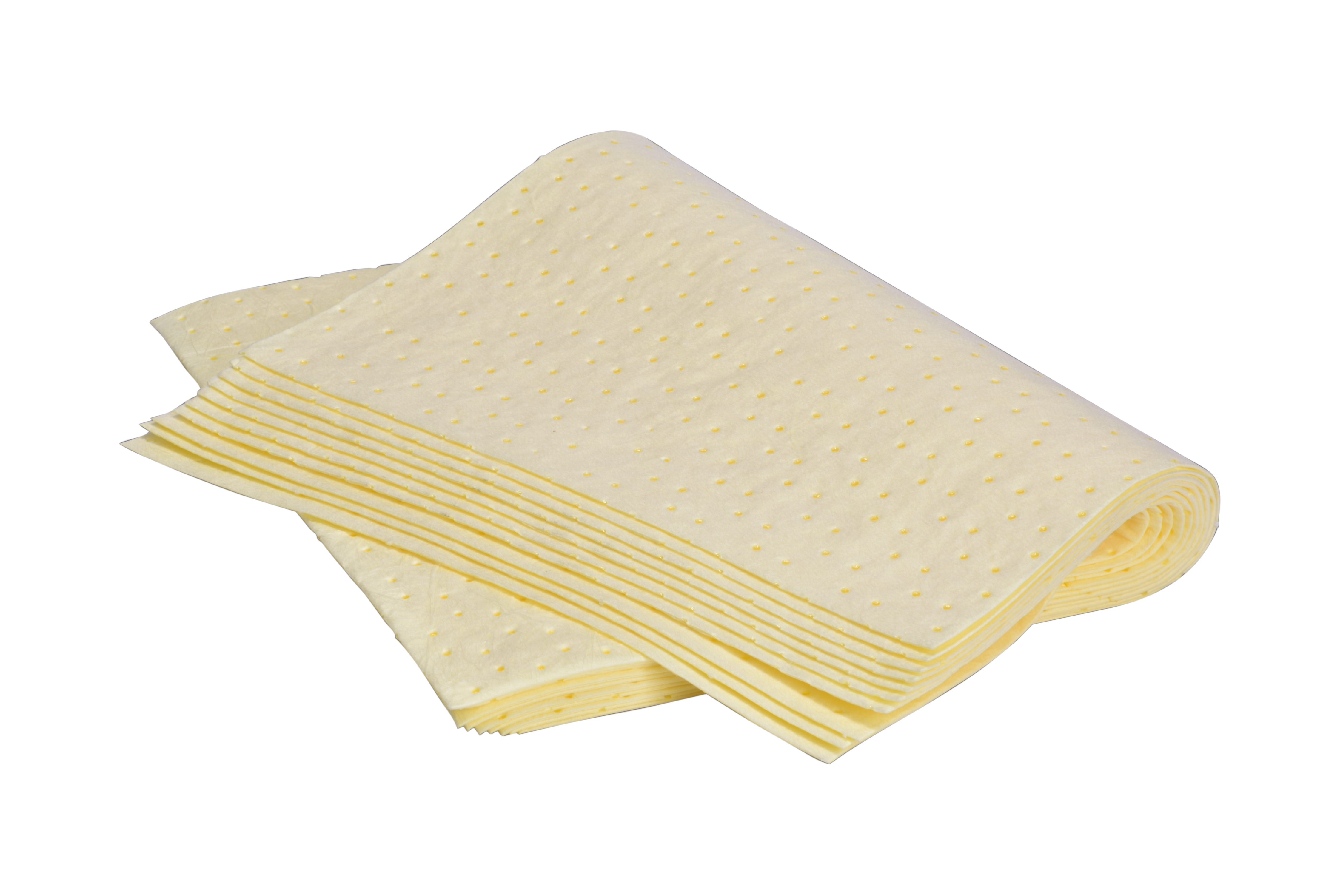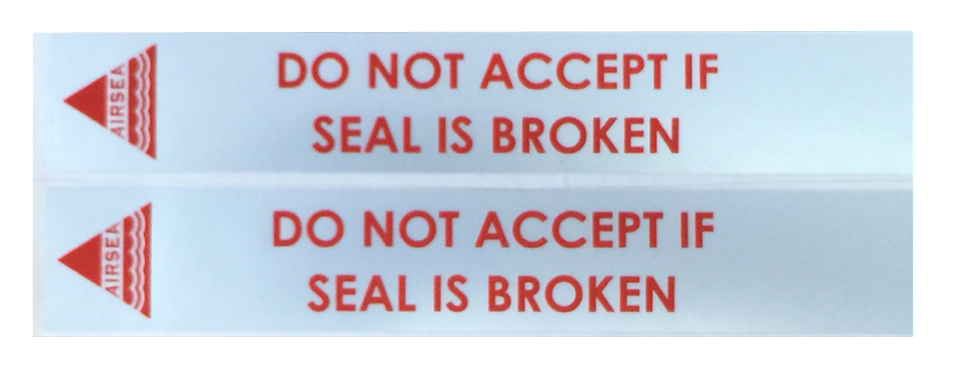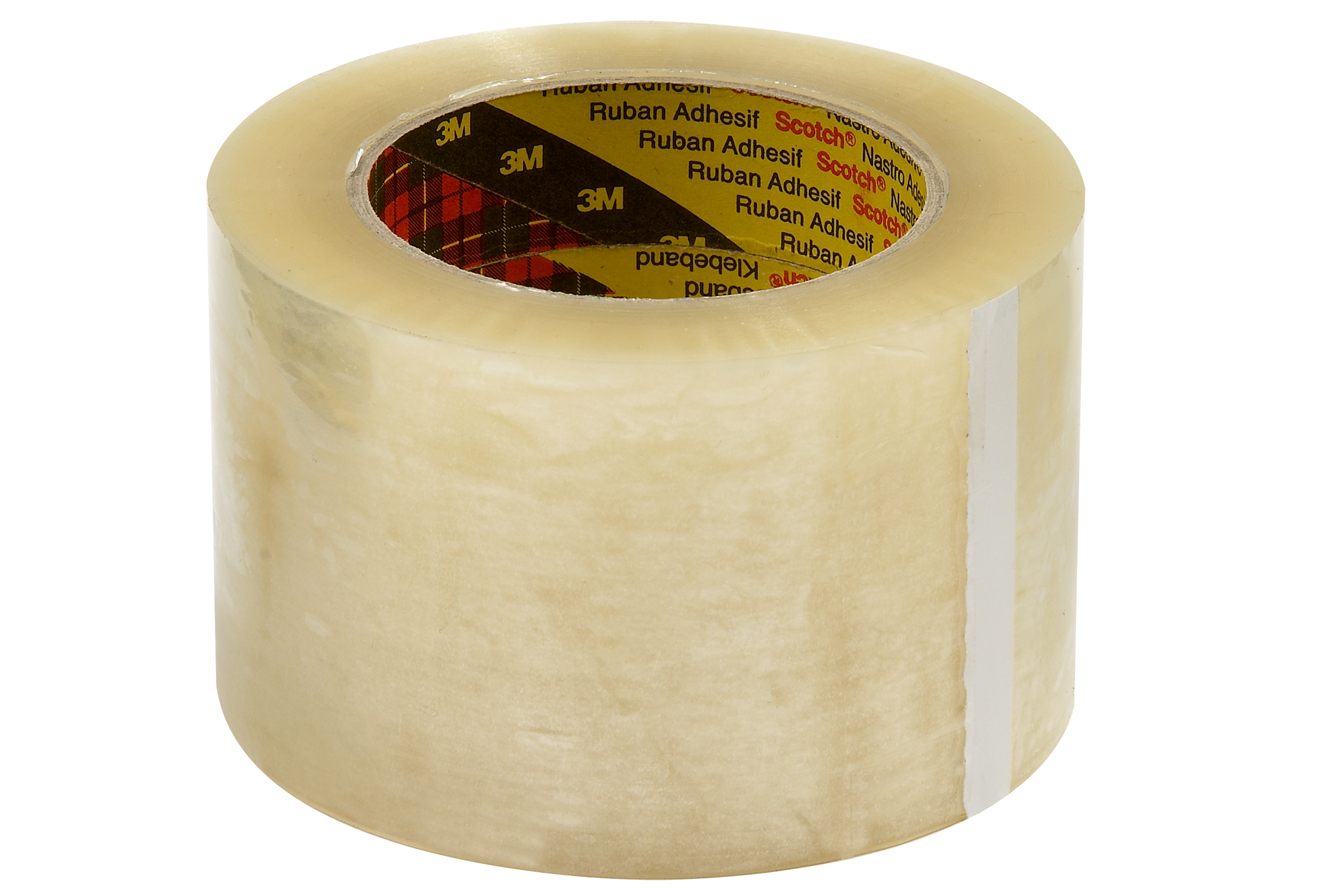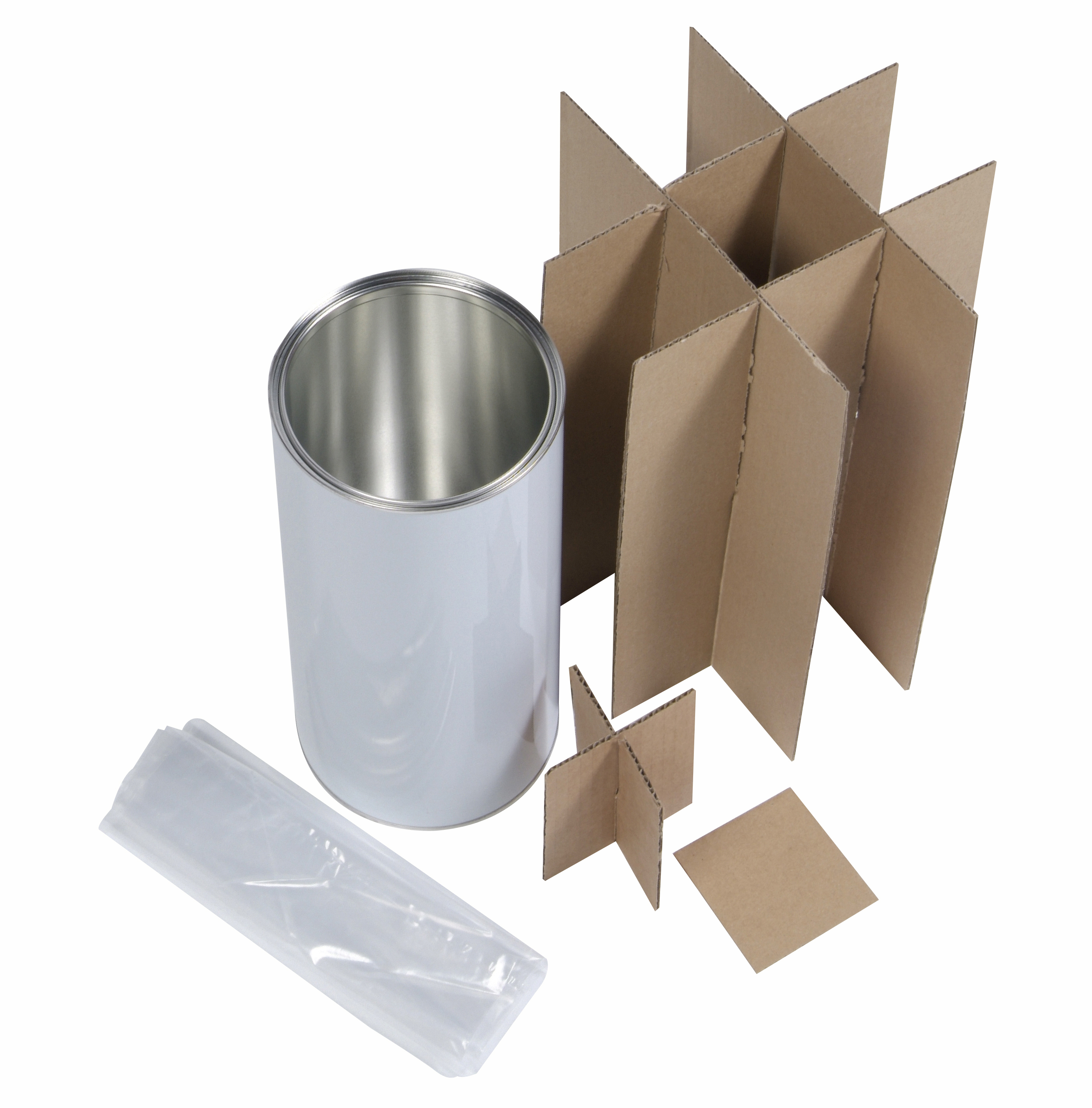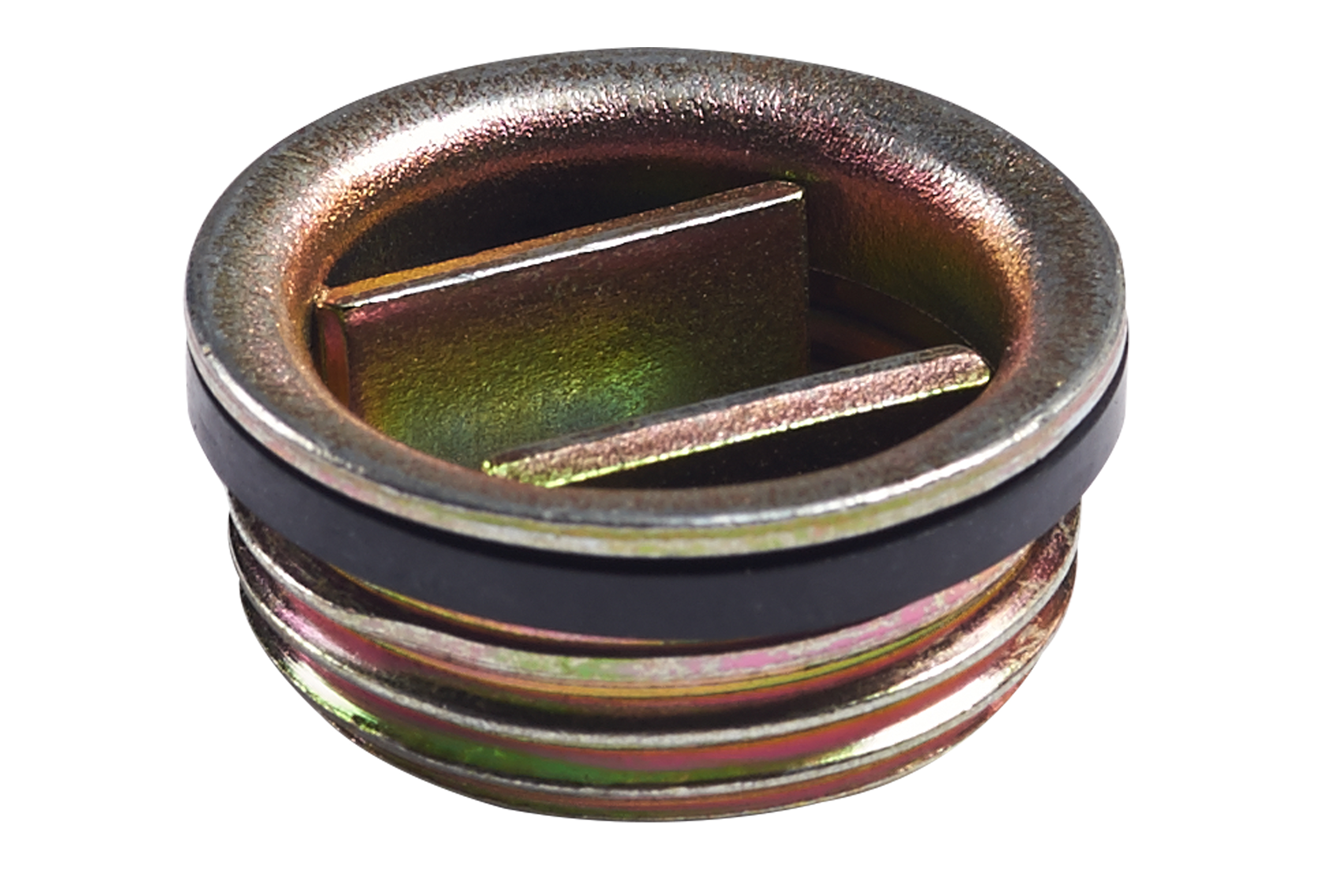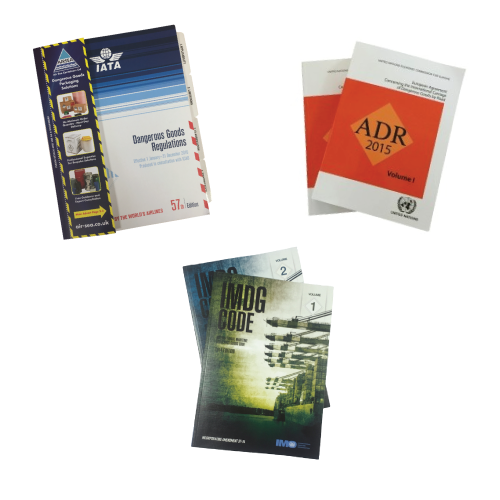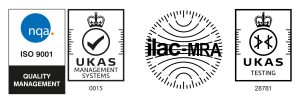Our temperature controlled packaging is ideal for shipping goods that require a temperature controlled environment
Our Thermal Control range of qualified -20°C temperature controlled packaging is achieved when used with dry ice.
Our ISO Shipper range are qualified to maintain a constant temperature of between 2-8°C throughout transport using either gel or cool packs.
Our temperature controlled shipping boxes can help you transport your temperature sensitive goods such as food and medicines at a controlled temperature and when combined with our UN approved packaging, you can also ship your Dangerous Goods or Infectious Substances using our temperature controlled packaging.
Whether you require a proven qualified solution or have an alternative temperature control need, we can help. For more information regarding our products please contact our team or Call 0151 653 1500
What is temperature-controlled packaging?
Temperature-controlled packaging is a type of packaging designed to maintain a specific internal temperature range. It is often required for the following temperature sensitive products:
- Pharmaceuticals
- Foods
- Organic samples
- Chemicals
- Laboratory materials
There are different types of thermal control packaging systems depending on your requirements. Our thermal control units can maintain temperatures below -20°C when used with dry ice.
Whereas the ISO shipping range is able to maintain a temperature between 2-8°C using gel or cool packs.
Types of temperature control packaging systems
There are two main types of temperature-controlled packaging systems. These are:
- Active temperature-controlled packaging
- Passive temperature-controlled packaging
Active thermal packaging has an electrical system that actively heats or cools the container. Whereas passive thermal packaging has no active system in place and uses dry ice, gel packs and cool packs to maintain the temperature.
At Air Sea Containers, we specialise in passive thermal controlled packaging. Depending on your requirements, our packaging can maintain temperatures of below -20°C, or a qualified temperature range of 2°C to 8°C. Perfect if you need to ship category B biological substances.
How do you ship temperature-controlled packaging?
Depending on the products you are trying to ship, there may be different requirements for how you can ship with temperature-controlled packaging.
If the goods being transported within the temperature controlled packaging are on the list of dangerous goods, they will need to be packaged as per the relevant mode of transport regulations. For example IATA, ADR or IMDG Regulations.
If you are using our high-specification thermal control units with dry ice, you also need to follow the relevant mode of transport regulations for UN1845 CARBON DIOXIDE SOILD, Dry Ice.
Examples of packaging requirements for dry ice include:
- Packaging must permit the release of carbon dioxide gas to prevent pressure build up.
- Ventilation safety procedures must be arranged between shippers and operators for each shipment.
- The overpack must be correctly marked on the outside giving the net weight of dry ice.
- Details of dry ice must be recorded on the airway bill or on the shipper’s declaration when used as a refrigerant for dangerous goods.
If you are unsure of the regulations surrounding what you are sending, get in touch with our team. They will be happy to help you find the right products for your requirements.
What are examples of temperature-controlled goods?
There are many examples of products that need temperature control throughout the transportation process.
Pharmaceutical
There is much need for pharmaceutical packaging with temperature control. Often drugs and vaccines will need to be kept within a certain temperature range to maintain the safety and quality of a product.
Organic Samples
Similarly organic samples need to be kept within a certain temperature range to maintain the integrity of the specimens. The packaging helps to maintain the temperature, enabling the transport of Category A infectious substances and Category B biological substances.
Laboratory Materials
Depending on the industry, laboratory materials need to be kept cool to ensure accurate research results. Transporting these items in the relevant packaging will help to preserve the materials in the required state.
Chemicals
Chemical reagents can often be temperature-sensitive and reactive at different temperatures. Maintaining the correct temperature during transport will ensure the items remain stable and ensure the safety of the people involved in handling the boxes.
What Regulations or Standards Govern Temperature Controlled Packaging?
There are a variety of regulations that address temperature-controlled packaging. It is important to know these regulations before sending your items.
Dangerous Goods (DG) Regulations (For situations where the goods being transported are on the list of dangerous goods):
- UN Model Dangerous Goods Regulations
- IATA – Air Transport of Goods
- ADR – Road Transport of Goods
- IMDG – Maritime Transport of Goods
Other Common Regulations:
- Good Distribution Practice – MHRA
- Hazard Analysis Critical Control Point – Food Standards Agency
- ISO 13485 & ISO 22000 – ISO Standards
If the temperature controlled goods being transported are classed as dangerous goods, they must first be packed in suitable dangerous goods packaging as stated in the relevant DG regulations and then placed within the temperature-controlled packaging.
If you aren’t sure which regulations you need to consider for your packaging, get in touch with our team today.
 UK
UK



